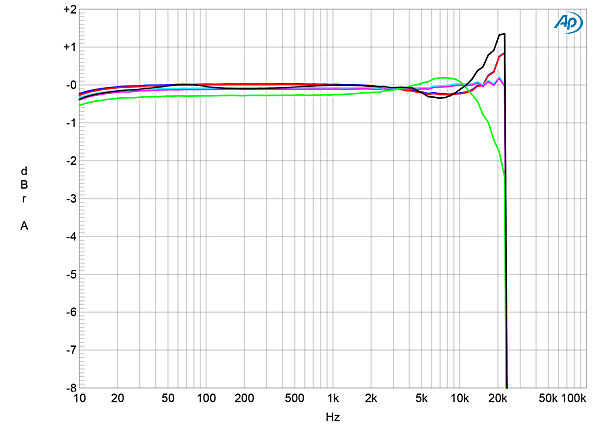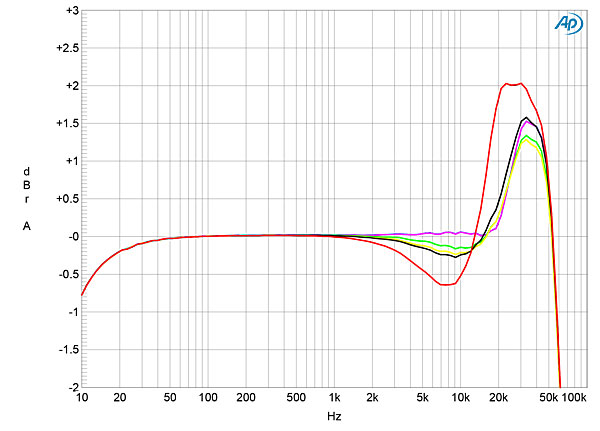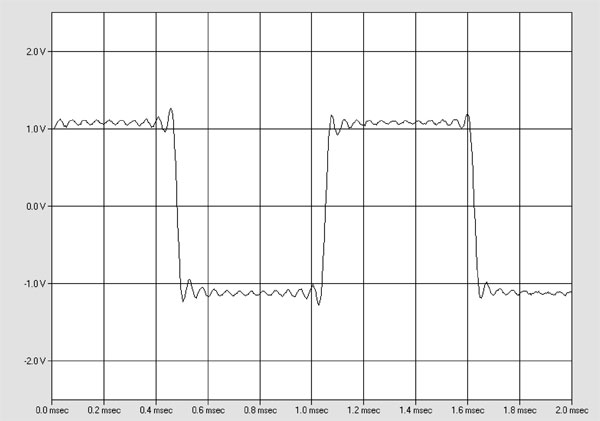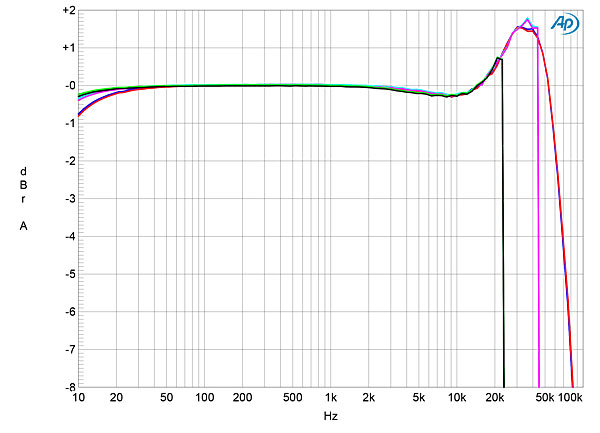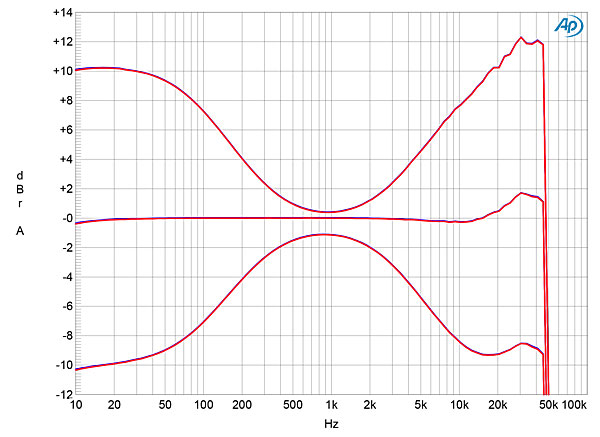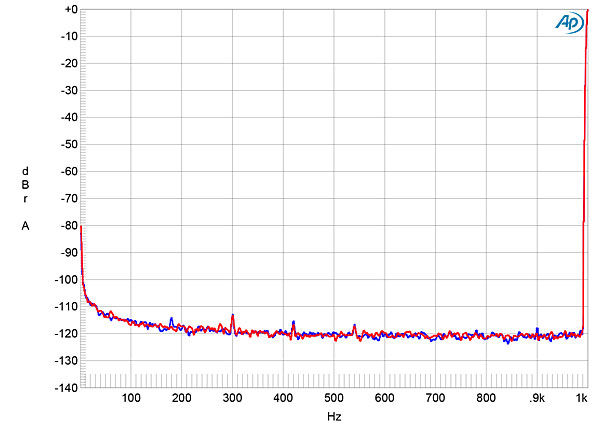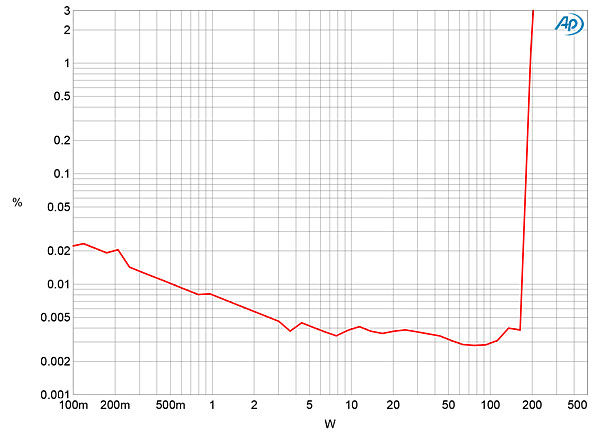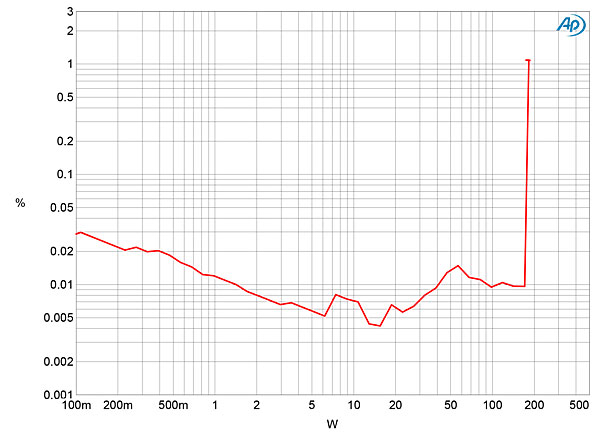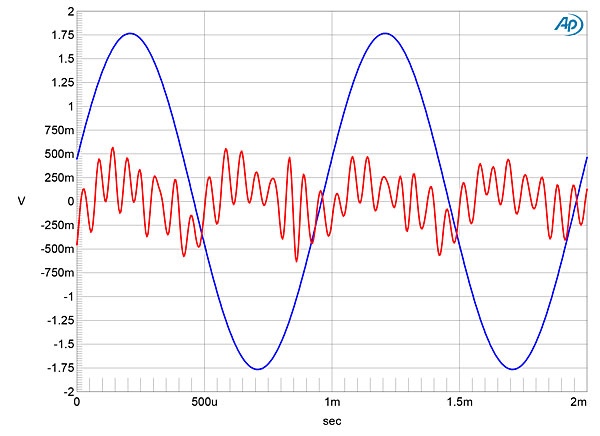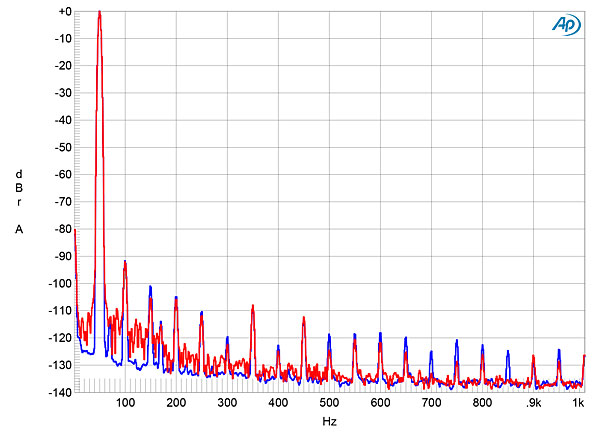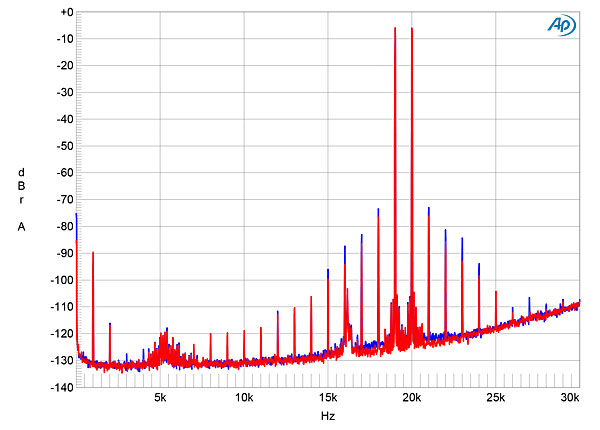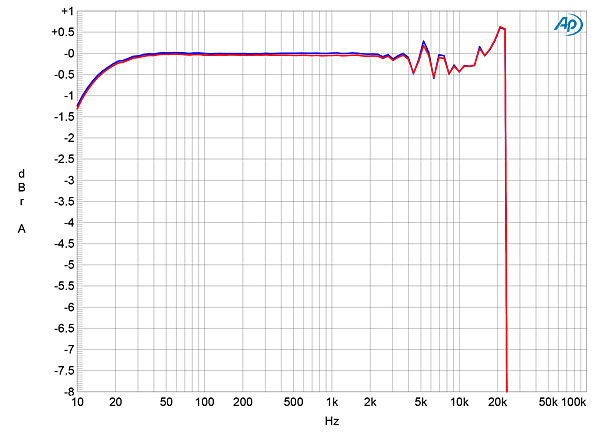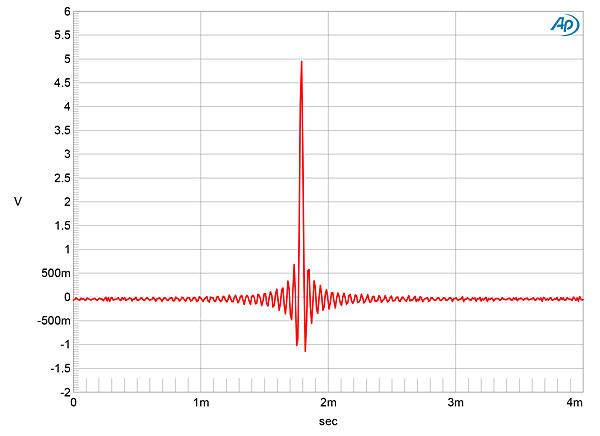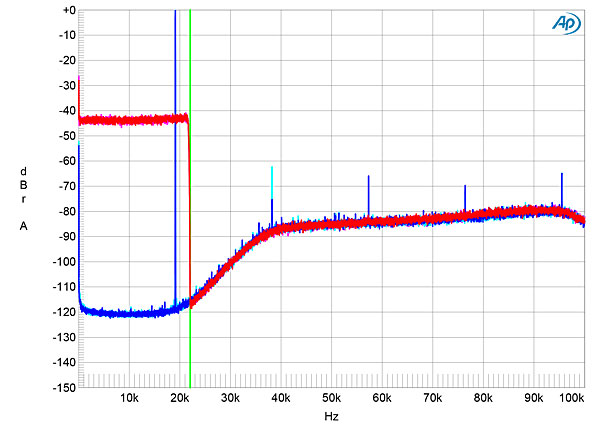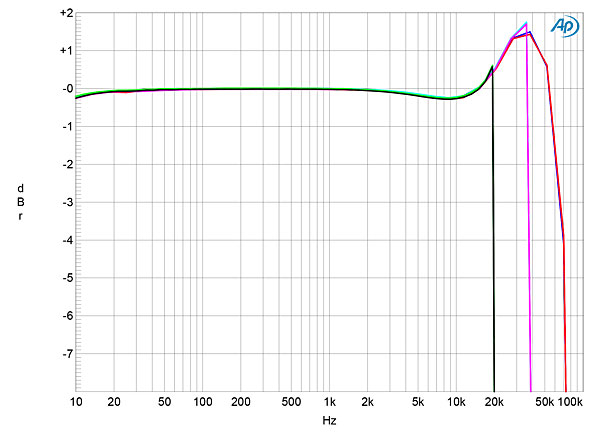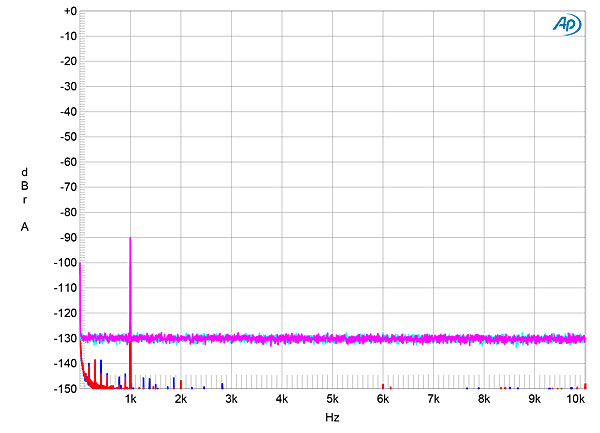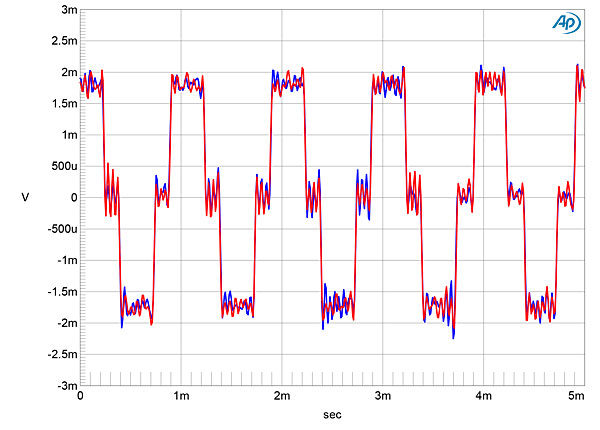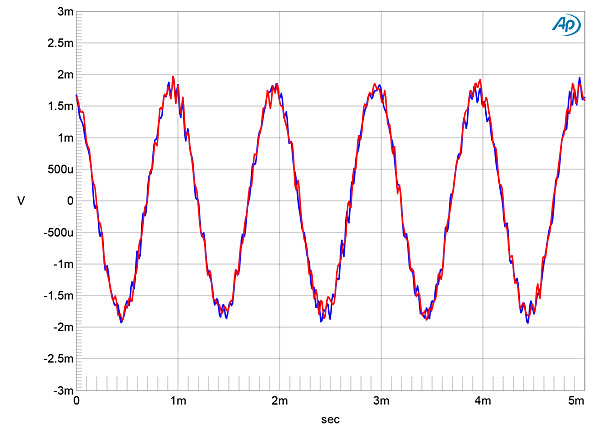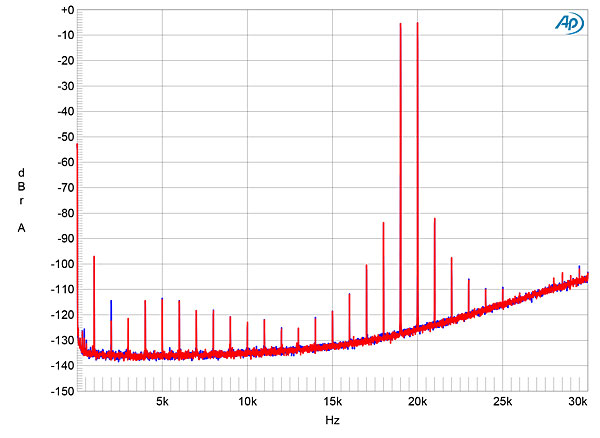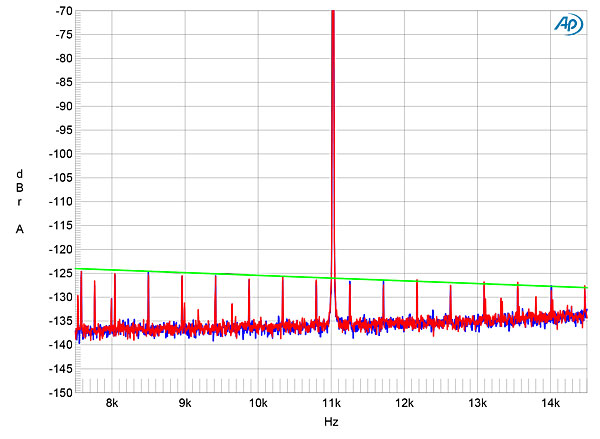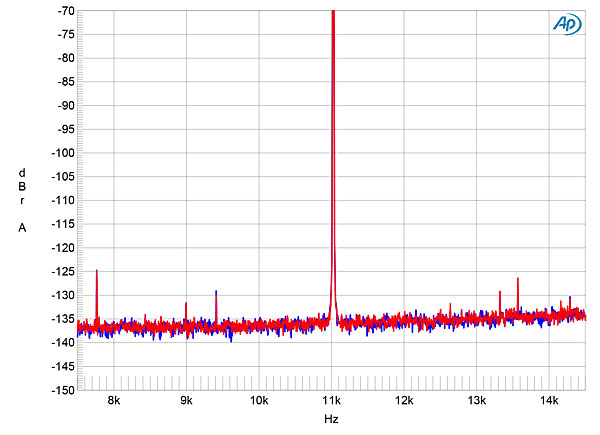| Columns Retired Columns & Blogs |
Reviewing your test results, John, it is hard to argue this is a better solution than using an M51/C510 paired with a good-quality conventional amplifier. Your tests of the M51 noise-floor revealed approximately 21 bits of resolution and pairing that with a high-current, low noise class A-A/B power amp with a high S/N ratio looks like a significantly better solution to me. All you gain here is some convenience with BluOS and maybe the potential for in-built 2-channel Dirac processing on an MDC board. Frankly, I'd rather have my Krell delivering the current than this class-D amplifier and I think NAD has objectively taken a step backwards with this product vs. the now-discontinued M51. Booo.
